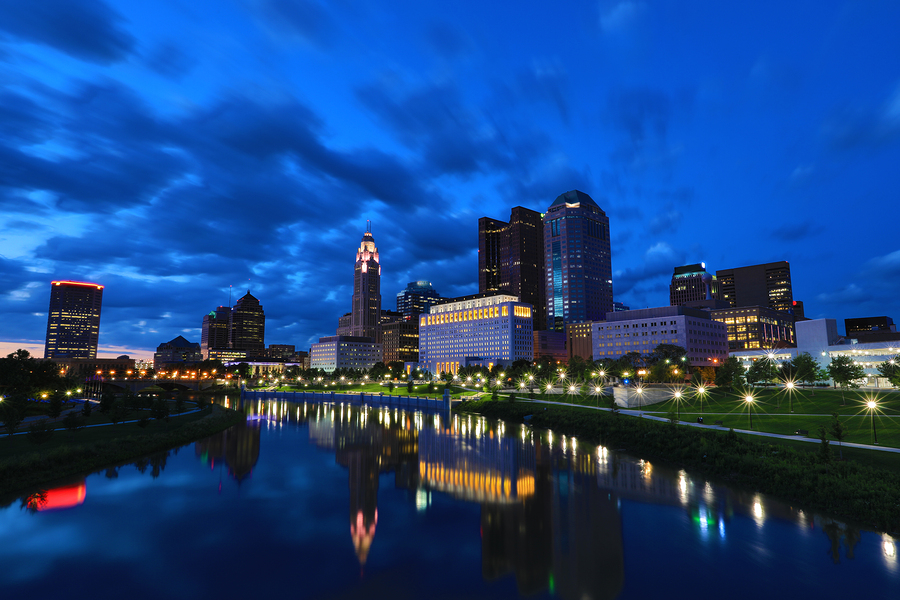More cities are recognizing the vast importance of urban development and alternative transportation modes as they prioritize creating a path to mobility for pedestrians and cyclists. Inspiration is coming from all over the world — places like bike-centric Amsterdam and Vancouver, British Columbia, where 50 percent of resident trips are now made without a car.
While the number of urban areas with dedicated bike lanes is increasing, so is the number of greenway trails. Nashville is still in the early stages of developing its greenway system and we are learning from others including Atlanta’s Beltline, the High Line in New York City, Katy Trail in Dallas, The 606 in Chicago, the Cultural Trail in Indianapolis and Midtown Trail in Minneapolis.
Greenways are proving to be more than just a scenic walking or biking trail. Greenways are providing alternative transportation, greater mobility, a healthier lifestyle, and spurring economic investment.
Pedestrians and cyclists alike use these greenways for recreation and for commuting to work, school and other destinations. Aside from transportation, greenways can also be a catalyst for Trail-Oriented Developments (TODs).
Learning from other cities
Nashville has laid down 88 miles of greenway trails and we are now focusing on creating a 22-mile greenway loop around downtown to connect with area businesses and four major parks. As a community builder, I’m especially interested in the potential for trail-oriented development along this new greenway loop and am optimistic for the future.
I was honored to participate in a recent Urban Land Institute program about TOD, sharing the stage with Frank Clark, director of strategy and development with Stahl in Minneapolis, and Trinity Hart, principal and vice president of development with Deylen Realty in Indianapolis. As a developing city, we can learn a lot from these thriving examples. Both Midwest developers provide some good insights and best practices about trail-oriented development in their cities.
Minneapolis – Midtown Greenway
The Midtown Greenway is a 5.7-mile trail touching 17 neighborhoods and providing an automobile-free route across the city of Minneapolis. It is a key connector for people getting from home to downtown, with thousands of cyclists using it every day. The greenway has also attracted more than $1 billion in economic investment as developers created a market for business growth along the trail. One successful development is Stahl’s MoZaik project. As Frank explained, both buildings were spec projects and both are successful with MoZaik West 95 percent leased, the second building still under development is 60 percent leased and tenant WeWork has a waiting list of 300 people.
How did they achieve this success? The developers invested in access, embraced the greenway and became a part of it. Office buildings situated with the main entrance along the greenway have been more successful than projects not facing the greenway. Developers also partnered with local government to provide public art, common areas, green walls and other amenities supporting greenway access for residents and businesses.
Indianapolis – Cultural Trail
Running eight miles through downtown Indianapolis, the Cultural Trail connects neighborhoods and cultural districts and has generated close to $1 billion in economic investment. A $63 million project, the trail was funded with a $35 million Tiger grant and the remainder coming from corporate and private donations.
Cultural Trail features pedestrian and bike zones and is a transit connector and an economic growth promoter. (The perfect development is where trails and transit cross, which I call T2OD, but that is a topic for a future blog.) While exercise and recreation are the main use for the trail, Trinity points out trail users are also spending money along the path. Economic spending on the trail is $3.56 million. For every person on the trail, Indianapolis residents spend $50 each while tourists spend $100 each.
Lessons Learned
What lessons can community builders learn from these best practices? Make trail-oriented development affordable and accessible for everyone in your community. Work with neighborhoods and the community to gain trust and address concerns. Partner with local government to create public amenities near your development. Site your development to face the greenway. Embrace the greenway system and become part of it.
What lessons can you share about greenways and trail-oriented development in your city?

